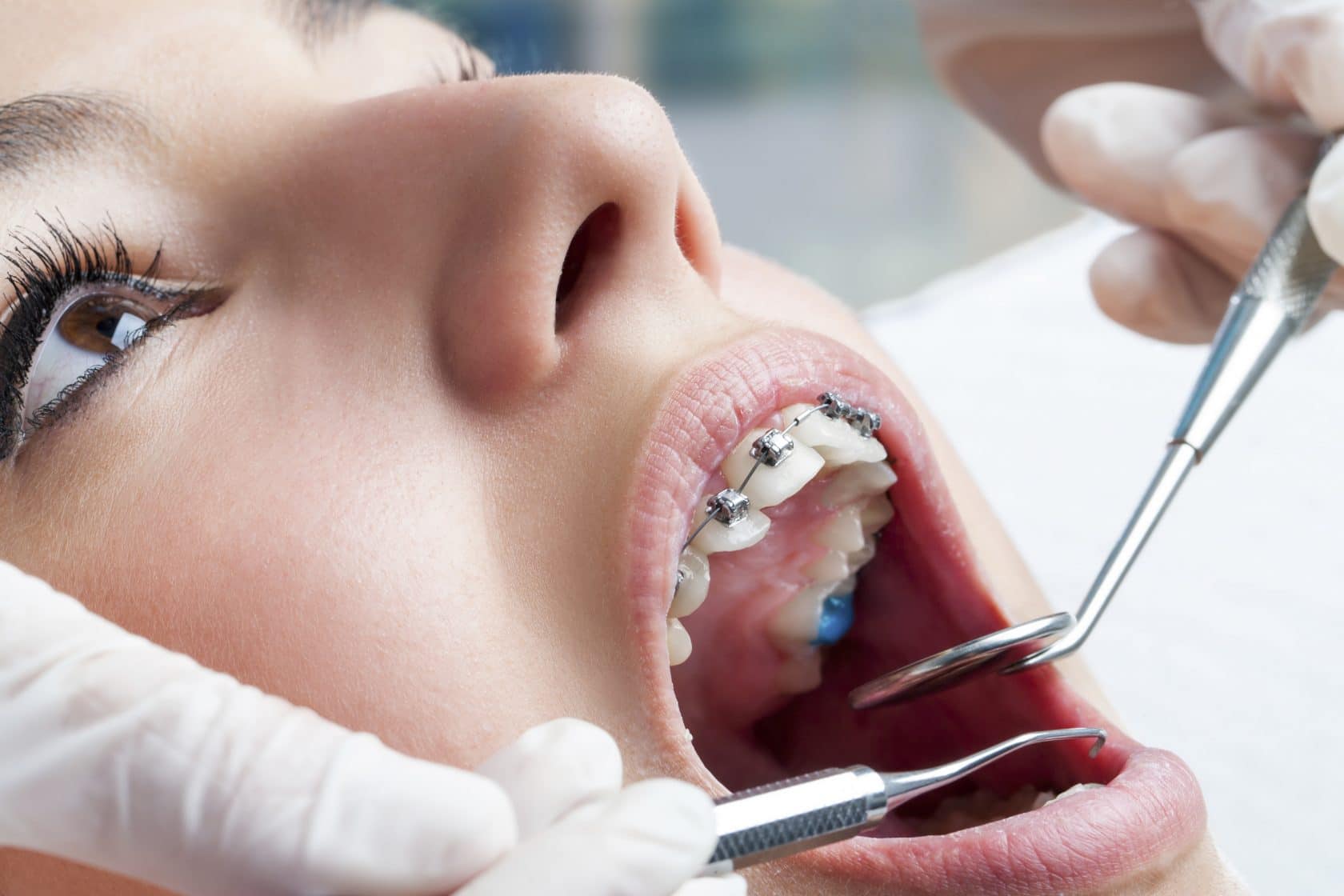Specialist Cumming Braces and Aligners: What to Know Prior To You See
Specialist Cumming Braces and Aligners: What to Know Prior To You See
Blog Article
Comprehensive Guide to Orthodontics Procedures for Fixing Oral Imbalances
In the world of orthodontics, the trip to achieving a flawlessly aligned smile involves a myriad of procedures tailored to fix oral misalignments. From conventional dental braces to unseen aligners and also medical alternatives, the field of orthodontics offers a series of options to attend to differing levels of oral irregularities. Understanding the complexities of each procedure, including their mechanisms, benefits, and possible drawbacks, is important in making notified decisions about one's orthodontic treatment. As we browse via the comprehensive guide to orthodontic procedures for correcting oral misalignments, the intricate details of each approach will unravel, clarifying the path toward a functional and unified oral positioning.
Orthodontic Procedures Review

In addition to clear aligners and standard dental braces, orthodontists may additionally suggest various other treatments like headgear, palatal expanders, or retainers to attend to specific positioning issues (aligners). These treatments are customized to each client's special demands and may include a mix of therapies to achieve the preferred results. Routine changes and tracking are essential components of orthodontic therapy to make certain progress is on track and to make any needed modifications along the road. By going through orthodontic treatments, individuals can not just attain a straighter grin however additionally boost their total dental wellness and feature.
Standard Braces: Exactly How They Function
When considering orthodontic therapies for dental imbalances, traditional dental braces stand apart as a tried and true approach for fixing teeth placing. Conventional dental braces contain braces, wires, and bands that work with each other to apply continual pressure on the teeth, gradually relocating them right into the desired placement. The braces are connected to the teeth making use of a special adhesive, and the cords are threaded through the braces. By readjusting the tension of the cables, orthodontists can control the direction and pressure put on each tooth, assisting them right into proper positioning with time.
As pressure is used to the teeth with the dental braces, the bone surrounding the teeth is reshaped to support the brand-new tooth settings. Individuals will need regular adjustments at the orthodontist's office to make sure the dental braces continue to apply the correct stress for reliable teeth motion.
Undetectable Aligners: Cons and pros
Unnoticeable aligners offer a very discreet and hassle-free choice to typical dental braces for fixing dental imbalances. These clear, personalized trays are basically invisible when worn, making them an enticing choice for individuals looking for a much more aesthetically pleasing orthodontic therapy. Among the key advantages of invisible aligners is their removability, enabling much easier maintenance of dental hygiene compared to traditional braces. People can remove the aligners before consuming or cleaning their teeth, decreasing the danger of food obtaining stuck in the appliance and streamlining the cleansing process.

Surgical Orthodontic Options
Surgical treatments in orthodontics existing sensible alternatives for resolving intricate oral misalignments that may not be effectively dealt with via standard orthodontic therapies. While standard braces and invisible aligners can deal with lots of orthodontic problems, certain instances need surgical intervention to attain ideal results. Surgical orthodontic options are normally suggested for serious malocclusions, substantial jaw discrepancies, and cases where the underlying bone structure needs modification to achieve appropriate positioning.
One common medical orthodontic procedure is orthognathic surgical treatment, which includes repositioning the jaws to deal with practical issues such as trouble chewing or talking. This surgery is usually done in collaboration with an orthodontist that helps line up the teeth prior to and after the treatment. Surgical orthodontics may likewise involve procedures to reveal affected teeth, get teeth whitening prices rid of excess gum cells, or reshape the jawbone to create a much more unified facial account.
Prior to thinking about medical orthodontic choices, patients undertake a detailed evaluation to figure out the need and potential benefits of such treatments. aligners. While surgical procedure may seem challenging, it can substantially boost both the function and appearances of the smile in cases where standard orthodontic treatments fail
Retainers and Post-Treatment Treatment

Failing to abide with post-treatment treatment directions can result in relapse, where the teeth gradually relocate back in the direction of their original positions. Regular retainer wear, excellent dental hygiene, and regular oral exams are necessary for preserving the results attained with orthodontic surgical treatment and guaranteeing the long-term security of the remedied dental placement.
Verdict
In final thought, orthodontic treatments provide numerous options for remedying oral misalignments. Surgical orthodontic choices are readily available for much more serious imbalances. Generally, orthodontic treatments can efficiently enhance oral health and aesthetic look.
As we browse with the thorough guide to orthodontic treatments for fixing dental misalignments, the detailed information of each method will unravel, shedding light on the path toward a unified and useful dental alignment. - braces
One of the most common orthodontic treatments is the use of braces, which consist of metal brackets and cables that apply mild stress to gradually move teeth into the preferred setting.When thinking about orthodontic therapies for dental misalignments, standard dental braces stand out as a reliable method for fixing teeth positioning. Additionally, undetectable aligners might not be appropriate for complicated orthodontic problems that need even more substantial teeth activity, as they are generally recommended for mild to modest instances. Retainers are personalized orthodontic tools created to hold teeth in their dealt with settings after the completion of orthodontic treatment.
Report this page